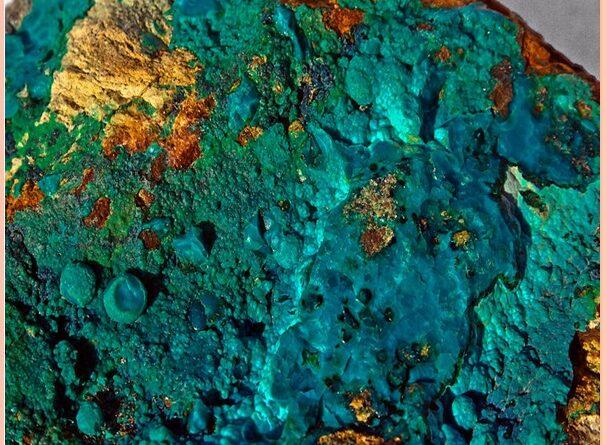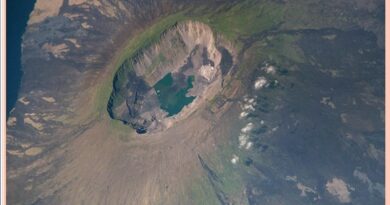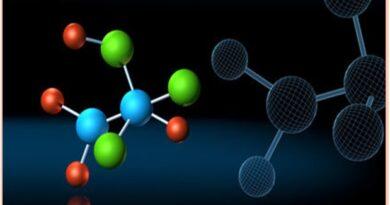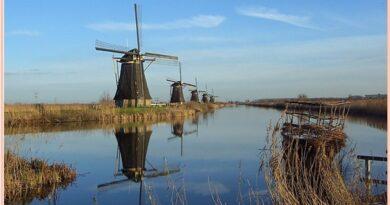Major mineral group and their Properties
What is a Mineral and Mineral Groups
A mineral is a naturally-occurring inorganic solid material, that forms by geological processes with specific chemical composition and characteristics by a regular geometric arrangement of its constituent atoms. Minerals can be classified into distinct groups based on similar atomic structure and/or chemical composition. Some minerals contain elements that can be freely exchanged with other elements of similar properties. This is called ionic substitution. Silicates are minerals with silicon and oxygen linked together as major components and can be classified according to the way in which other atoms present are linked to these silicon and oxygen atoms.
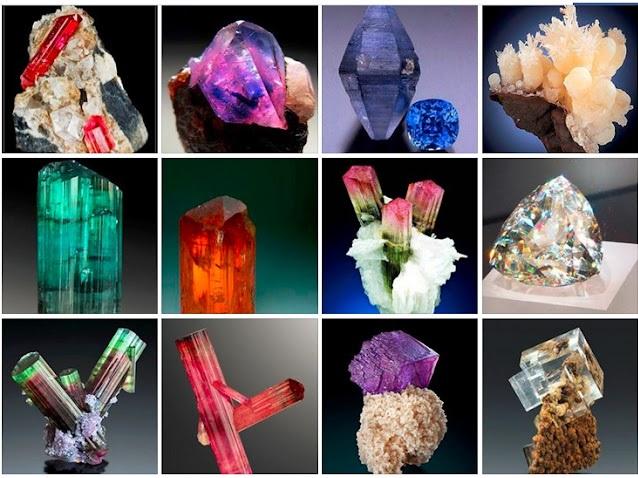
A rock is a material that contains one or more minerals or mineraloids. There are three types of rocks composed of minerals- igneous (rocks formed from molten material), sedimentary (rocks composed of products of mechanical weathering (sand, gravel, etc.), and chemical weathering and metamorphic (rocks produced by alteration of other rocks by heat and pressure.
Formation of Minerals
Minerals form when atoms bond together in a crystalline arrangement. Three main ways Minerals occur in nature are-
Precipitation directly from an aqueous solution with a temperature change
Crystallization from magma with a temperature change, and
Biological precipitation by the action of organisms.
Major Mineral groups
Minerals are grouped by their chemical composition. Mineral Groups are classified according to the anion part of the mineral formula, and mineral formulas are always written with the anion part on the right. For example, for pyrite (FeS2), Fe2+ is the cation and S– is the anion. This helps us to know that it’s a sulphide, but it is not always that obvious. Hematite (Fe2O3) is an oxide. Along the same lines, calcite (CaCO3) is a carbonate, and olivine (Mg2SiO4) is a silicate. Minerals with only one element (such as S) are native minerals, while those with an anion from the halogen column of the periodic table (Cl, F, Br) are halides.
There are 8 major mineral groups: Silicates, Oxides, Sulfates, Sulfides, Carbonates, Native Elements, Phosphate, and Halides. The main characteristics of the major mineral groups are given here.
Silicates
Silicate minerals are built around a molecular ion called the silicon-oxygen tetrahedron. These minerals have silicon (Si) and oxygen (O). A tetrahedron has a pyramid-like shape with four sides and four corners. Silicate minerals make up over 90% of Earth’s crust and are by far the largest mineral groups. Comprising the vast majority of the Earth’s mantle and crust. These are generally called rock-forming minerals. Minerals that are silicates are quartz, orthoclase feldspar, olivine, pyroxene, amphibole, muscovite mica, plagioclase feldspar, and biotite mica.
Sulfates
The basic material of sulfates is sulfur and oxygen (SO4), which are combined with various elements. The usual two sulfates are gypsum and barite. Both of these minerals are relatively soft and white in colour.
An example is- gypsum, Epsom salts

Oxides
Oxides are the most variable compounds that combine metallic elements with hydroxyl (OH), oxygen, or water. For instance, some of them can be very soft, and others can be very hard.
Examples is-Hematite, magnetite, bauxite
Sulfides
There are three types of sulfides- inorganic, organic, and phosphine sulfides. Each of these contains sulfur. Inorganic sulfides have the special characteristic of negatively charged sulfide ions. On the other hand, organic sulfides have a sulfur atom that is, covalently bonded to two organic groups. Finally, phosphine sulfides are created from a reaction of “organic phosphines with sulfur, in which the sulfur atom is linked to the phosphorus by a bond that has both covalent and ionic properties.
An example is- Pyrite- FeS2, Chalcopyrite CuFeS2
Also, read- the Mohs Scale of Hardness chart-know the procedure and method
Carbonates
These minerals have carbonate and a mixture of carbon and oxygen (CO3) that is combined with different elements. The most well-known carbonates are calcite and dolomite. This variety of minerals commonly is used as metal ores in the form of iron, zinc, lead, and more.
An example is- calcite, dolomite
Native Elements
These are naturally occurring minerals in Native or Pure forms. They are composed of three groups- metals, semimetals, and nonmetals. Examples include gold and copper, both of which are metals; semimetals like carbon and sulfur, and Arsenic, a nonmetal. Other examples, like tin, cadmium, and mercury, occur with even greater scarcity. There is a vast variety of settings where these minerals can be found.
An example is– gold, silver, copper
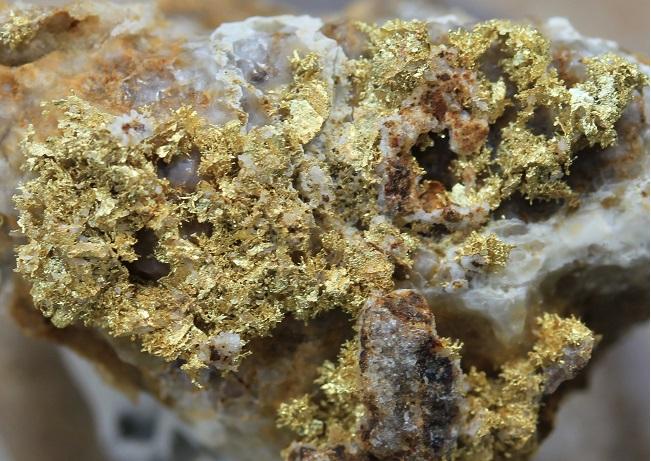
Halides
The halide mineral consists of halogens in column VII. Usually, fluorine or chlorine is ionically bonded with sodium or other cations. Chlorine, bromine, fluorine, iodine, or astatine combined with Sodium and Calcium make a halide group of Minerals. Like native elements, they are naturally occurring. Basically, they are salts of halogen acids and comprise halite, sylvite, fluorite, and some rarer compounds.
An example is- Halite, sylvite
Phosphate
Phosphate minerals have a tetrahedral phosphate (PO4–) combined with various anions and cations. Phosphates are an important ingredient in fertilizers as well as detergents, paint, and other products. The best-known phosphate mineral is apatite, Ca5(PO4)3(F, Cl, OH). The gemstone turquoise [CuAl6(PO4)4(OH)8·4H2O ] is a copper-rich phosphate mineral that, like gypsum, contains water molecules.
Example is-Apatite
Identification of Minerals
Minerals can be identified by their physical properties. In the field, where limited resources are available, they can be identified by testing several physical properties-Luster and colour, Streak, Hardness, Crystal habit, Cleavage and fracture, and some special properties.
Reference- Opengeology.org, Socratic.org, Radford.edu
